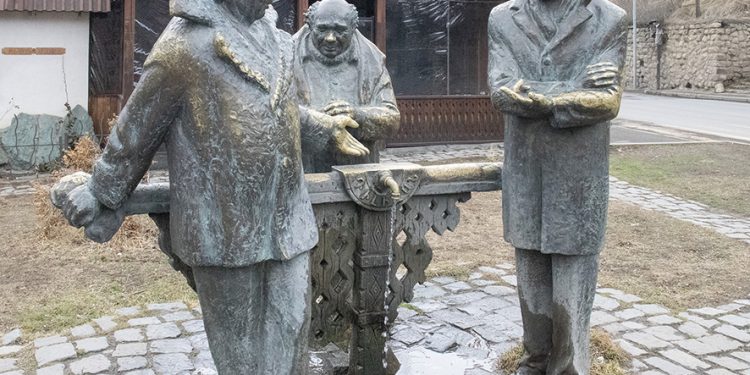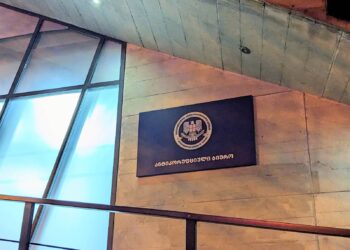Following my interlude in Svaneti, I want to return to writing more about Georgia’s southern neighbor, which my wife and I visited in February. Part 1 looked at Yerevan, the capital; now we shall go further afield.
We were staying with our great Iranian friend, who showed us around the city, and we really wanted to take him and another friend from Iran outside for a day excursion. Lake Sevan was the first stop.
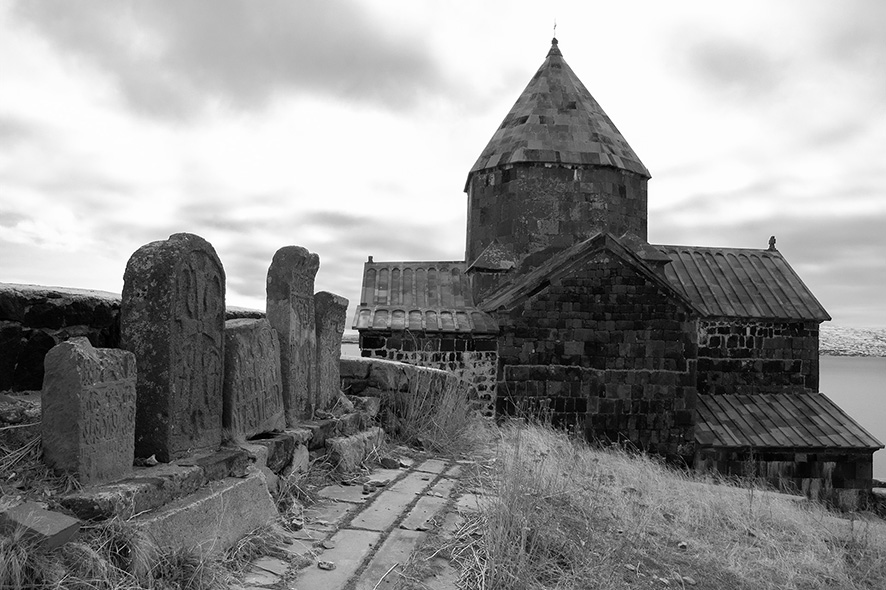
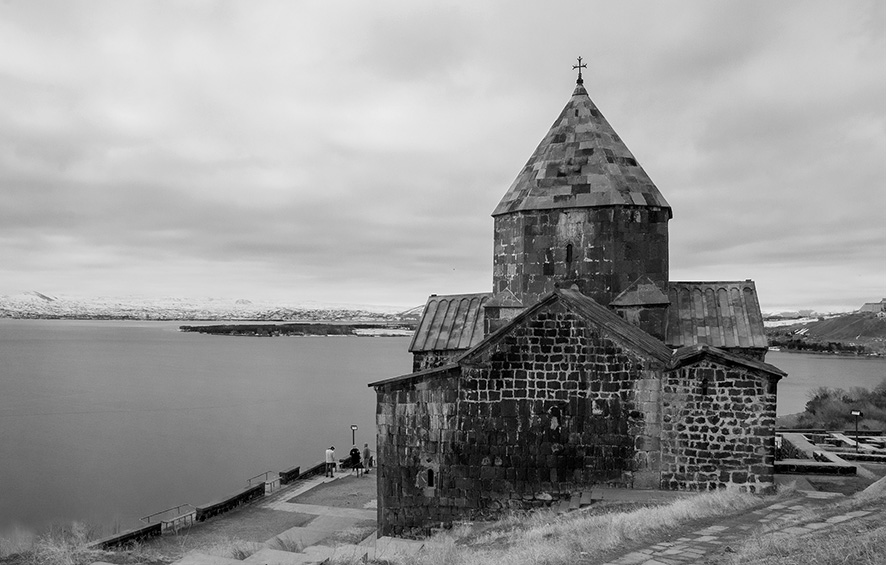
This lake is the largest in the country, and famous for its trout; it’s also extremely popular as a swimming destination in the hot summers this country has.
As we were being driven through the Armenian countryside, I remembered one of my most powerful impressions of this little country: stone everywhere. Fields of it, others cleared, with piles of stones on their edges and being used for farming. The backbreaking labor involved I could hardly imagine, especially as I thought that the seasonal temperature extremes Armenia is known for would likely continuously see more and more rocks being slowly pushed up to the surface from below. Think you’re done? Wait, here’s another few tons of presents for you! But the Armenians also make good use of all this building material, of course.
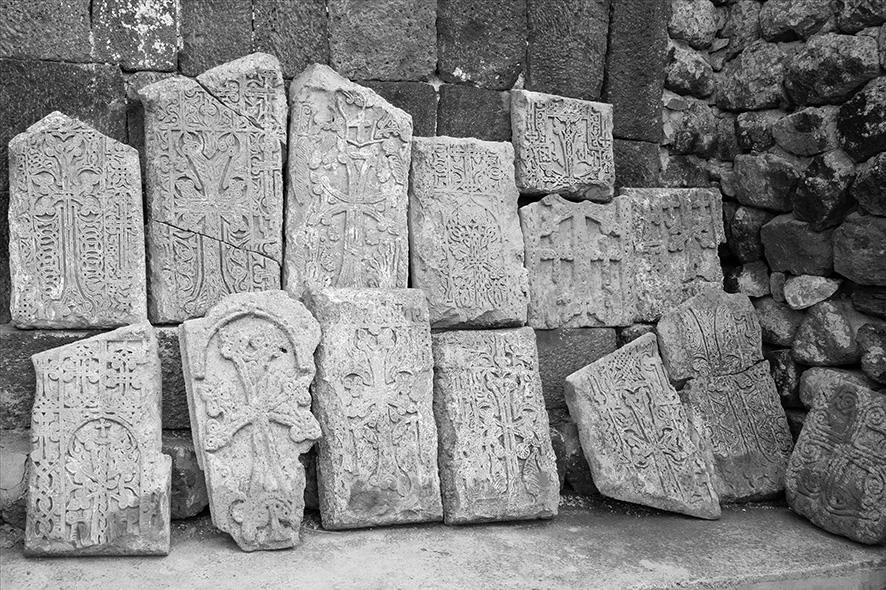
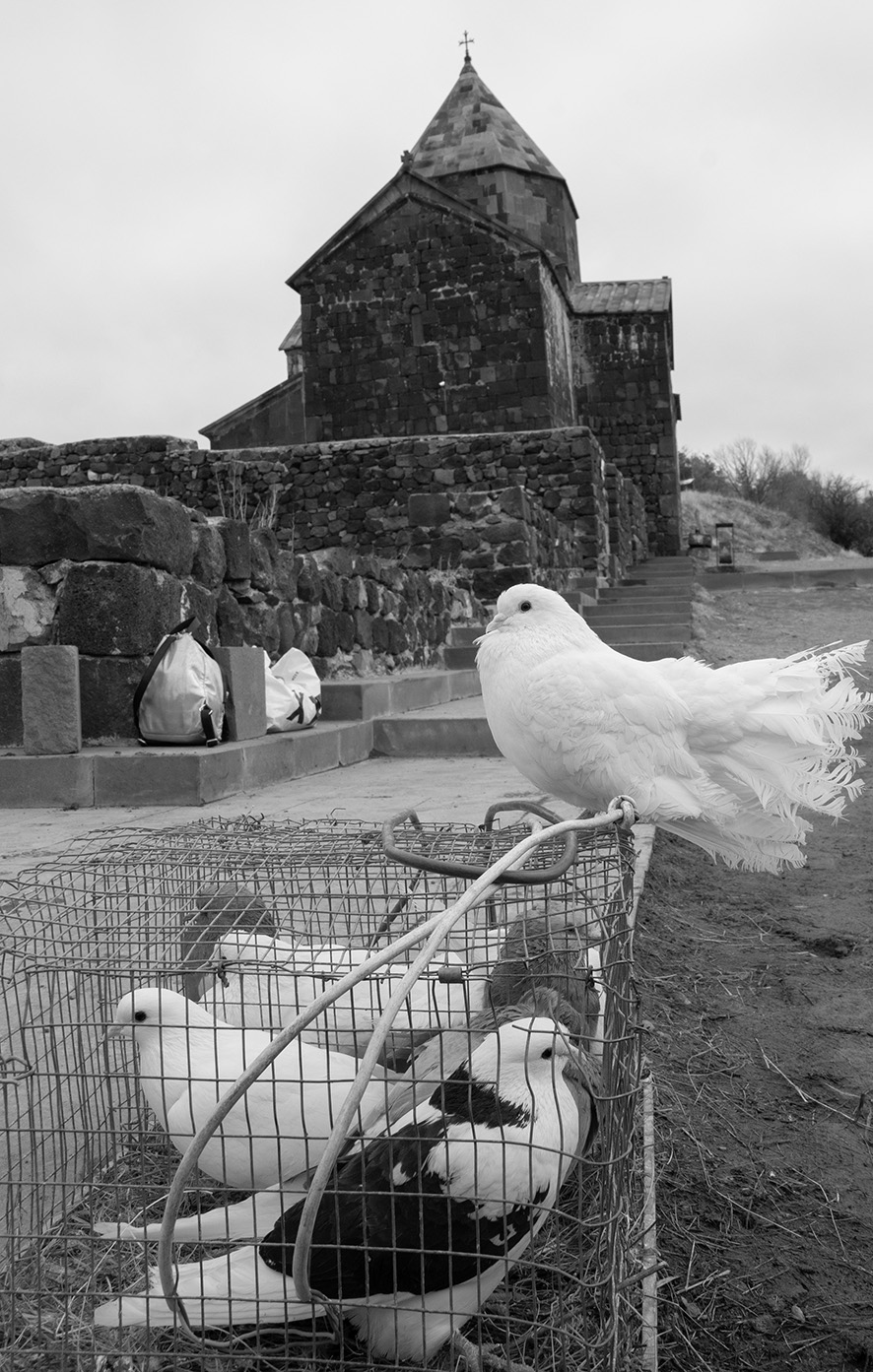
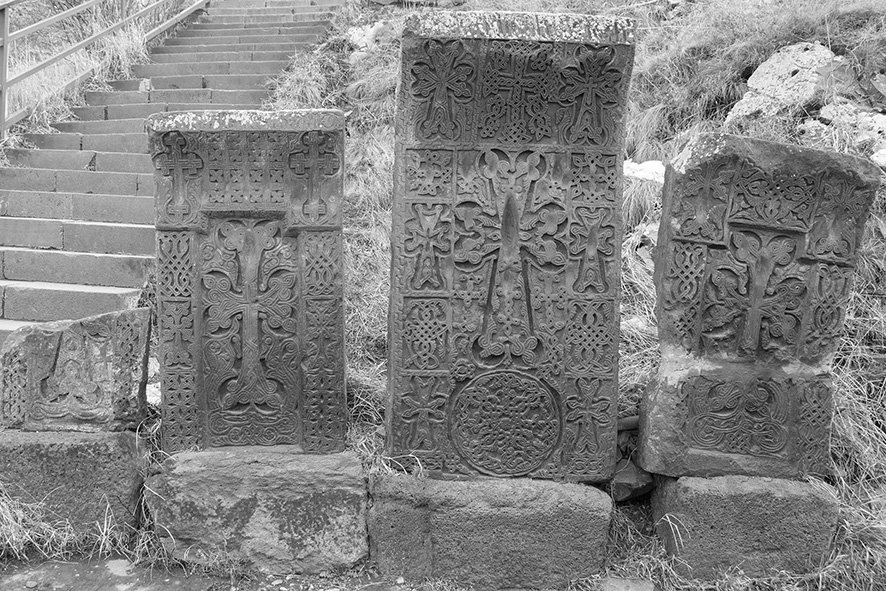
Sevan appeared, almost deserted at this cold time of year, and we released our taxi and had a look around. The very first church we entered in the country, on a hill overlooking the lake, proudly bears a plaque stating its date of original building: 305 AD. Only four years after the country adopted Christianity as its official religion, and at least a century older than any church in Georgia. They wasted no time.

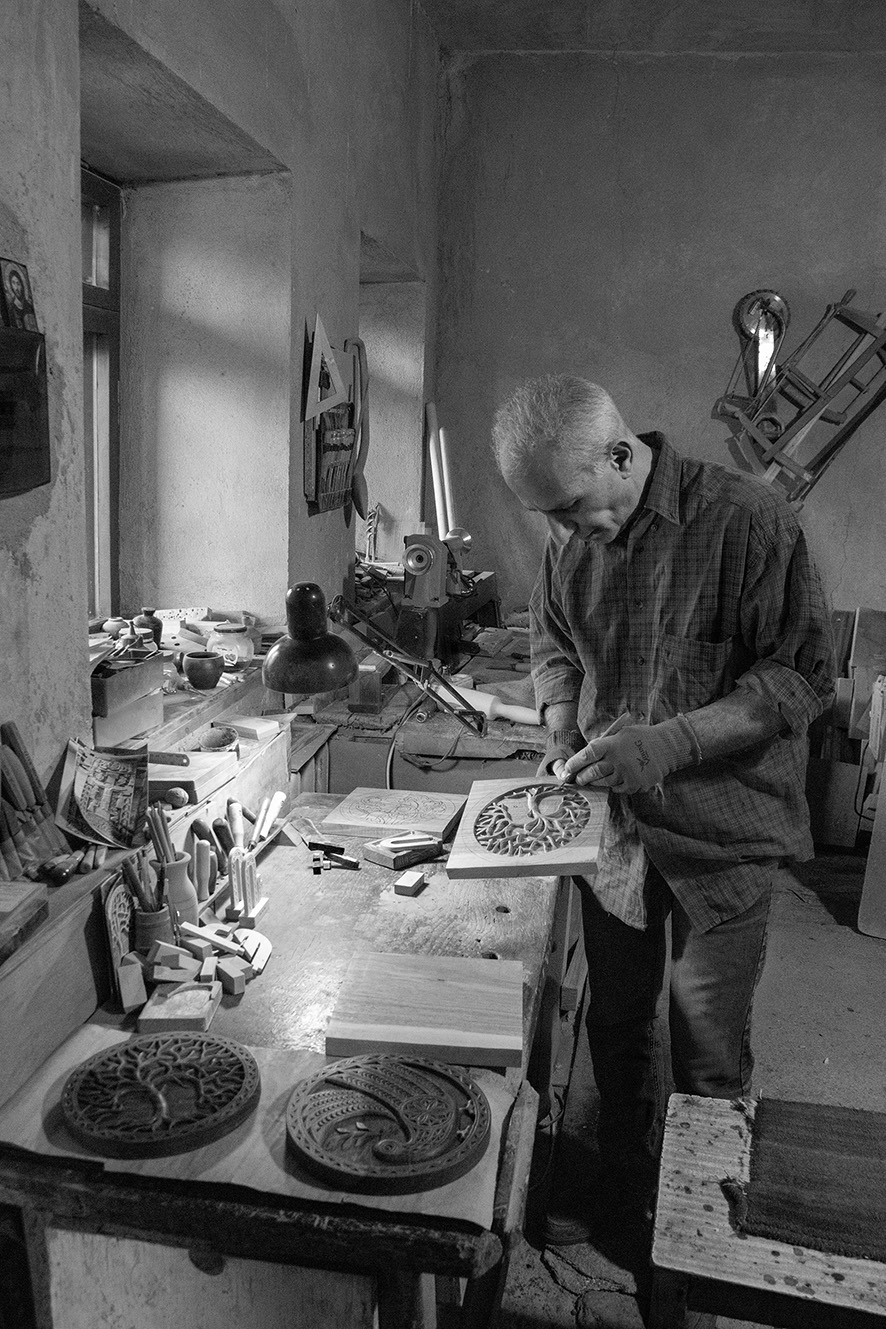
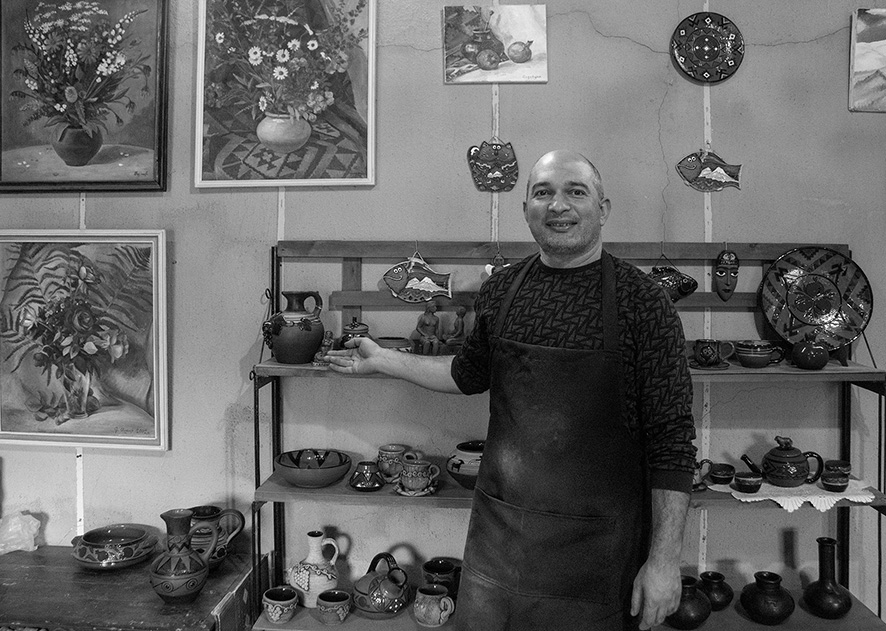
True, the church had been devastated at least once by earthquake, then rebuilt. But original dates are important. Its dark gray tuff stone walls and cupola had been lovingly, painstakingly restored, and it was active. Inside, candles burned. Outside were lines of khachkars, another notable feature of Armenia. These are flat slabs of stone carved with very intricate crosses which bring to mind similar, though younger, work in the Celtic parts of Britain.
We walked around a bit, then took another taxi through high snow-covered hills to nearby Dilijan, with its beautifully built old town, and some artisans working and displaying their wares. Here, we had a sumptuous lunch. I’ll not get into those items which were strictly Armenian and those which are common to the Caucasus and wider which originated exactly here. There was also a bronze statue of the three main heroes from the famous Soviet-era comedy film, Mimino, much beloved by people from all three Transcaucasian republics.
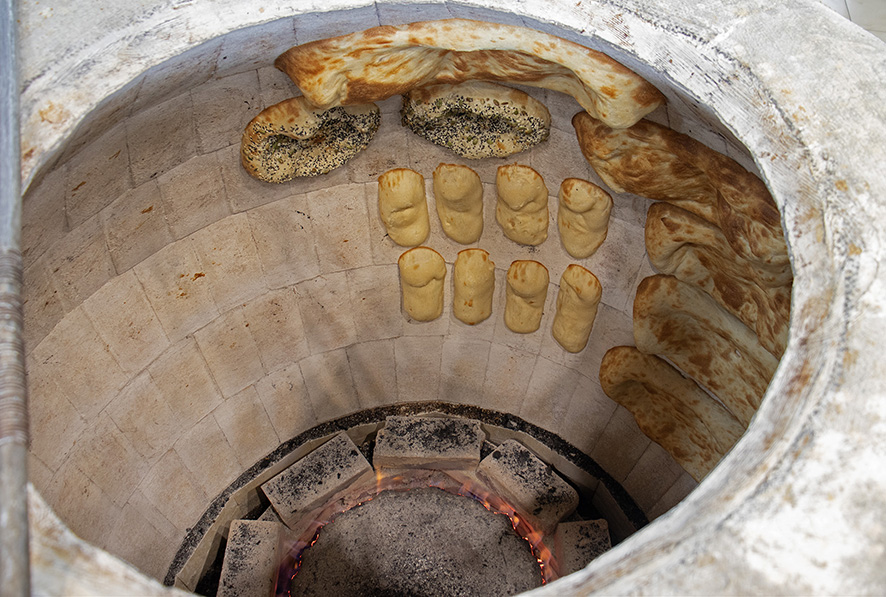

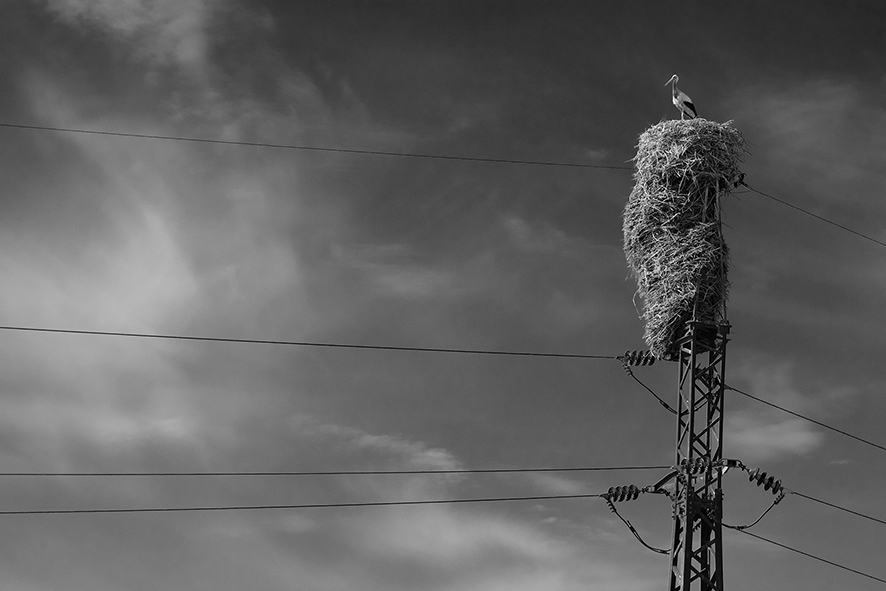
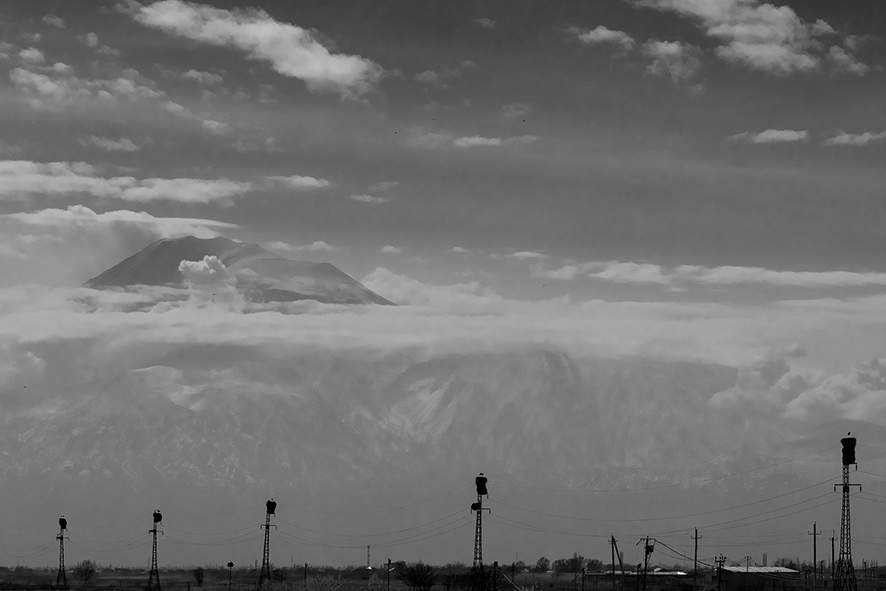
One more main outing was on our cards before we returned to Tbilisi. Friends of our Iranian friends took them and us to Vanadzor, a mountain village, to meet still more Iranians, of which there are many here. These were all students at a school for Christian theological education, and this was their graduation ceremony, a most joyous occasion. Iranian Christians have much more freedom to be themselves here, with the Shiite regime oppressing them back home. We stopped on the way to get some photos in the snow, which still persists at the end of winter; then was the ceremony and dancing and a feast. We headed back to Yerevan after midnight, but we had known how long the journey would be, and were prepared, with nothing on next morning so we could sleep it off.
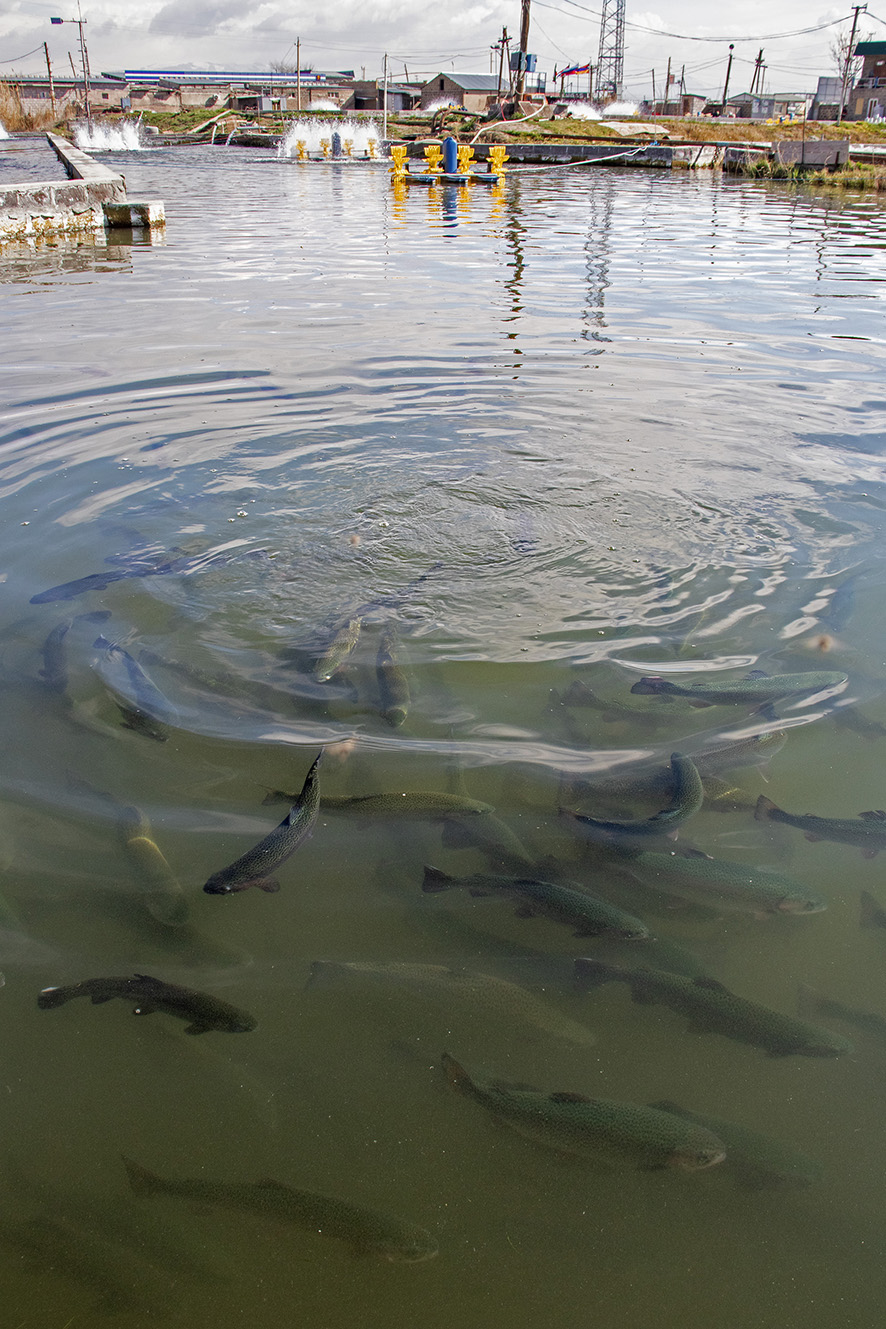
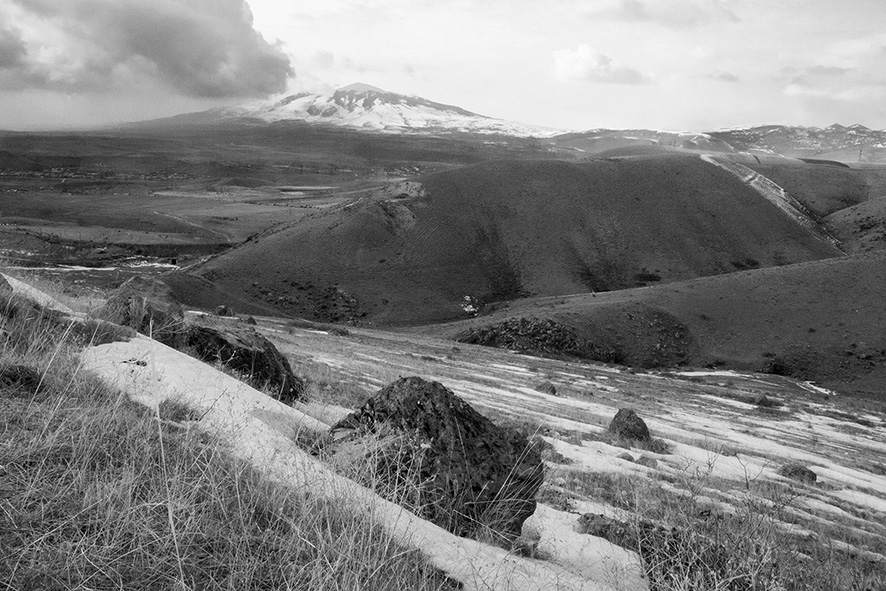
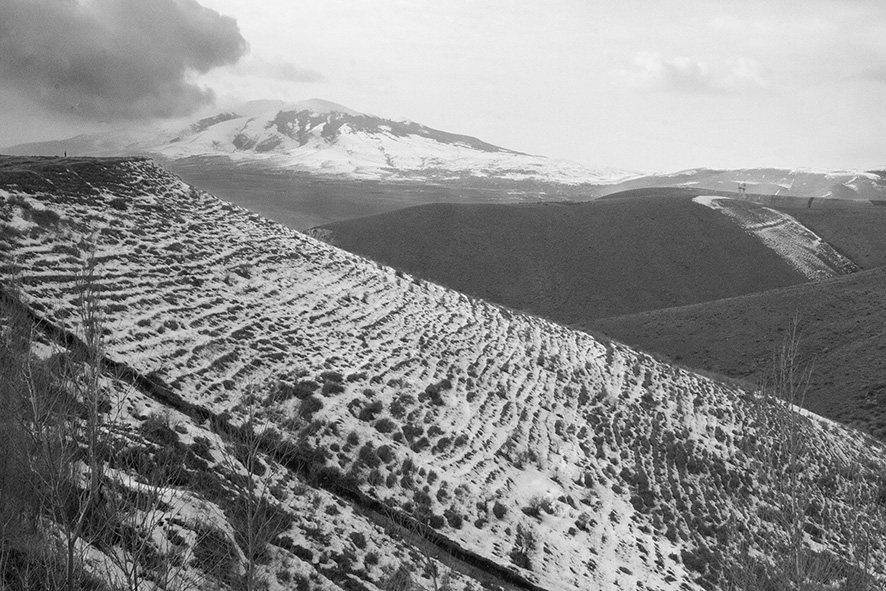
Our driver runs a trout farm just outside Yerevan, and we met him there before this trip. In the distance loomed wonderful Mount Ararat, alas in Turkey. Huge nest after nest of stork pairs towered into the sky on the tops of electrical and other poles. Armenia did, after all, offer many unique sights, not just things to compare to their equivalents in Georgia or elsewhere. Soon, it was time to return to Tbilisi, and we were most grateful for this break in another land close by. There is still so much more to see in Armenia, but this was a good next step for both of us.
Tony Hanmer has lived in Georgia since 1999, in Svaneti since 2007, and been a weekly writer and photographer for GT since early 2011. He runs the “Svaneti Renaissance” Facebook group, now with over 2000 members, at www.facebook.com/groups/SvanetiRenaissance/
He and his wife also run their own guest house in Etseri: www.facebook.com/hanmer.house.svaneti
BLOG by Tony Hanmer

